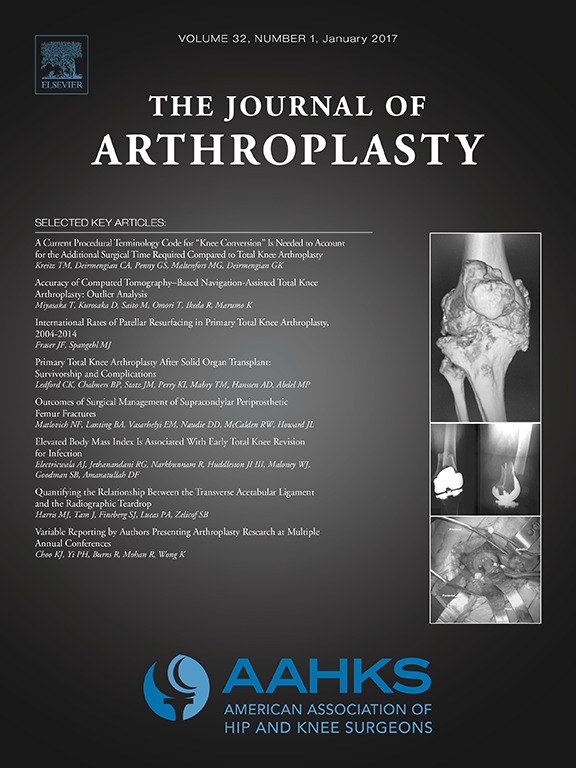
Dabigatran is an inferior thromboembolism prophylactic treatment compared to enoxaparin

Dabigatran is an inferior thromboembolism prophylactic treatment compared to enoxaparin
Oral thrombin inhibitor dabigatran etexilate vs North American enoxaparin regimen for prevention of venous thromboembolism after knee arthroplasty surgery
J Arthroplasty. 2009 Jan;24(1):1-9. Epub 2008 Apr 14Did you know you're eligible to earn 0.5 CME credits for reading this report? Click Here
Synopsis
1896 patients scheduled to undergo total knee arthroplasty were randomized to one of three thromboembolism prophylaxis treatments to determine the best prophylaxis option. Patients either received an oral 220 mg dose of dabigatran once daily, an oral 150 mg dose of dabigatran once daily, or a 30 mg injection of enoxaparin twice daily. The results from this study indicated that both treatments of d...
To view the full content, login to your account,
or start your 30-day FREE Trial today.
FREE TRIAL
LOGIN
Forgot Password?
Explore some of our unlocked ACE Reports below!

Learn about our AI Driven
High Impact Search Feature
Our AI driven High Impact metric calculates the impact an article will have by considering both the publishing journal and the content of the article itself. Built using the latest advances in natural language processing, OE High Impact predicts an article’s future number of citations better than impact factor alone.
Continue



 LOGIN
LOGIN

Join the Conversation
Please Login or Join to leave comments.